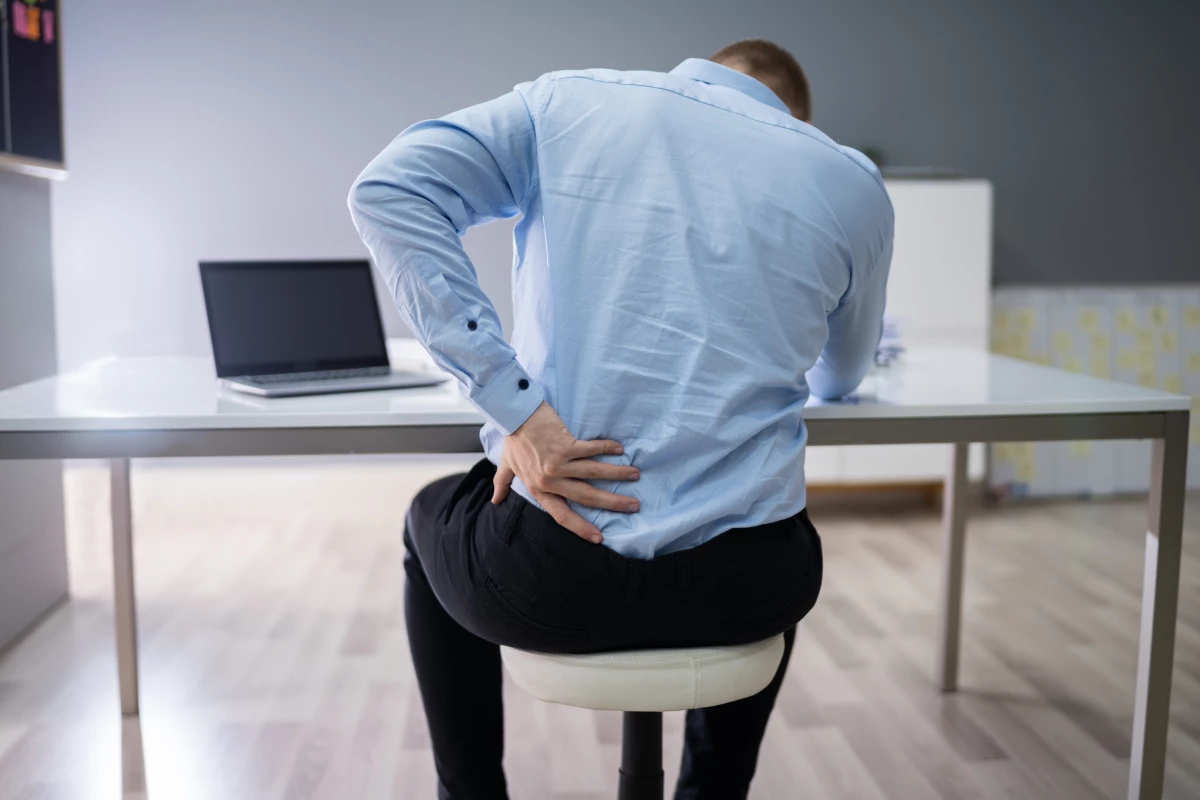Some 40% of the population over the age of 40 suffer from degenerative disk disease, and those who deal with the pain from the chronic condition know how persistent and difficult it is to treat. Hope may be on the horizon, though, with promising results from a three-year trial signaling a new, long-lasting way to address a condition that is currently only treated by physiotherapy, anti-inflammatory drugs, corticosteroid injections or, at its most serious, surgery.
“Existing treatment for chronic low back pain due to degenerative disk disease is often ineffective or the effects are short-lived,” said Dr Douglas Beall, lead author and chief of radiology at Clinical Radiology of Oklahoma.
In degenerative disk disease (DDD), the interverbral disks that cushion the spine and facilitate flexibility and movement start to erode, worsening over time and causing varying degrees of pain and mobility issues. This new treatment developed by Dr Beall and his team sees specialized cells injected into the damaged interverbral disk to encourage existing cells to grow healthy tissue.
In the three-year trial, 46 chronic back pain patients received the viable disk allograft supplementation and were monitored for pain levels across the time frame. After pain levels were assessed using the visual analog scale and functionality measured with the Oswestry Disability Index (ODI), 60% of patients reported a more than 50% improvement in the condition, and 70% of recipients noted more than a 20-point change in their ODI scores, moving them from categories of severe or moderate disability to mild, or better.
The treatment group reflected the type of patients seen seeking medical attention for their DDD and varied in age (19-73), sex, race, BMI and smoking status.
“The significant improvement in pain and function is promising for patients living with chronic low back pain – a condition that can greatly impact a person’s quality of life,” said Dr Beall.
While targeted injections have been in development for several years, this 36-month study also shows that allogenic therapy offers sustained mobility improvements and pain relief, all from the one minimally invasive day procedure.
“This treatment may help patients return to a normal activity level for a longer period of time,” said Dr Beall. “We need better treatments for this condition since conservative care is not providing the long-term outcomes that patients deserve. Injectable allograft treatment might be the answer for many people.”
The study also addresses the flow-on effects of chronic lower back pain, from the economic cost of work absenteeism to it being responsible for half of all opioid prescriptions.
The research will be presented at the Annual Scientific Meeting of the Society of Interventional Radiology in Phoenix this week.





